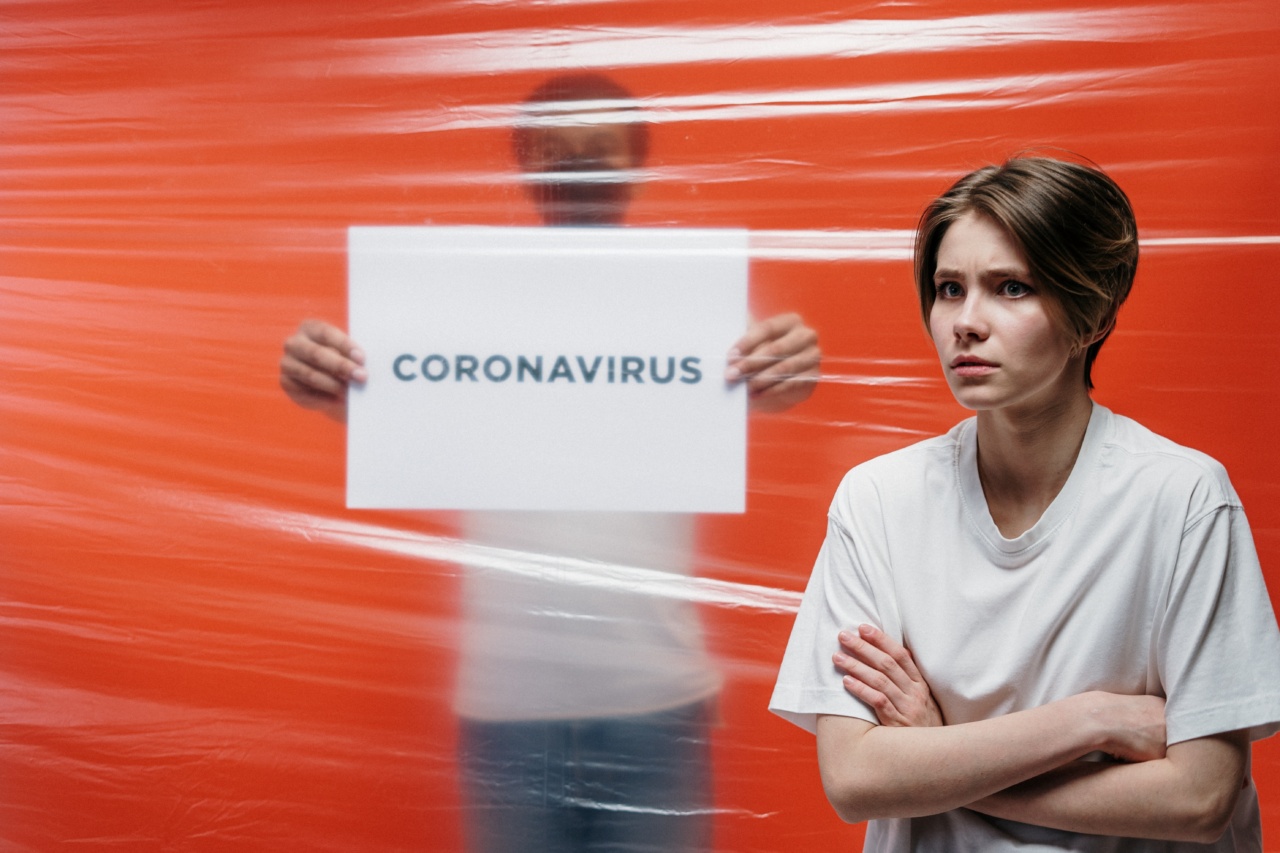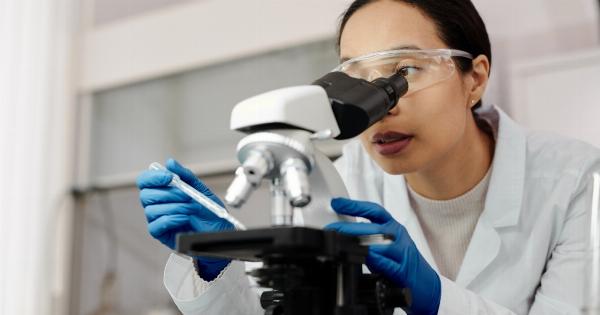The global attenuation of virus transmission has been a significant focus amidst the ongoing COVID-19 pandemic.
Efforts to control and contain the spread of the virus have involved various measures, including widespread vaccination, surveillance systems, and public health interventions. While these efforts have indeed contributed to a decrease in transmission rates, the emergence of virus mutations has overshadowed the progress made in attenuating global transmission.
2. Impact of Mutations
The SARS-CoV-2 virus, responsible for COVID-19, has shown a propensity for mutating over time.
Mutations occur naturally as the virus replicates, and some mutations may confer advantages for the virus, such as increased transmissibility or the ability to evade immune responses. The emergence of new variants, such as the Delta variant, has caused concern around the world, as these variants exhibit higher transmissibility and potentially reduced vaccine efficacy.
3. Efficacy of Vaccines
Vaccines have played a crucial role in mitigating the impact of the COVID-19 pandemic. However, concerns have arisen regarding their efficacy against new variants.
While research suggests that authorized vaccines offer significant protection against severe disease, hospitalization, and death even in the presence of new variants, their ability to prevent infection or transmission may be reduced. Ongoing studies and vaccine updates aim to address these concerns and enhance vaccine effectiveness against emerging mutations.
4. Surveillance Systems
Efficient surveillance systems are vital for monitoring the transmission of the virus and identifying new variants.
Through genomic sequencing, scientists can track the evolution of the virus and detect any significant mutations that may impact its transmissibility or response to existing interventions. However, surveillance efforts face challenges, such as limited resources and the need for global coordination, to ensure timely detection and analysis of new variants.
5. Public Health Interventions
In addition to vaccination efforts, public health measures continue to be essential for reducing virus transmission. These interventions include wearing masks, practicing physical distancing, hand hygiene, and promoting testing and contact tracing.
While some mutations may affect the effectiveness of these measures, their implementation remains indispensable in controlling the spread of the virus and limiting the impact of mutations.
6. Balancing Attenuation and Mutation Concerns
As the global attenuation of virus transmission progresses, it is crucial to address the concerns arising from virus mutations effectively.
This requires a multifaceted approach that includes enhanced surveillance, ongoing research on vaccine efficacy, and the continued implementation of public health measures. By combining these efforts, societies can strike a delicate balance between attenuating transmission rates and minimizing the impact of mutations.
7. Collaboration and Global Response
Addressing the challenges posed by virus mutations and achieving global attenuation of transmission requires collaboration and a coordinated response.
International organizations, such as the World Health Organization (WHO) and scientific communities, play a pivotal role in sharing information, expertise, and resources across nations. By working together, nations can strengthen their surveillance systems, develop effective strategies, and adapt interventions as new variants emerge.
8. Adapting Vaccines and Booster Shots
Researchers and vaccine manufacturers are actively exploring ways to adapt vaccines to combat emerging mutations. This includes developing booster shots or updated vaccine formulations that target specific variants of concern.
The efficacy of these adaptations will be critical in ensuring long-term protection against the evolving nature of the virus.
9. Long-term Perspectives
Attenuating virus transmission globally is a complex and ongoing process. While the challenges posed by virus mutations may seem daunting, it is important to consider long-term perspectives.
Continued surveillance, research, and investments in public health infrastructure will aid in minimizing the impact of mutations and building resilience against future pandemics.
10. Conclusion
The global attenuation of virus transmission is a key objective in combating the COVID-19 pandemic. However, the emergence of mutations adds complexity to this goal.
By combining vaccination efforts, robust surveillance systems, and adherence to public health measures, societies can work towards attenuating transmission rates while simultaneously addressing concerns posed by new variants. Vigilance, collaboration, and adaptation will be crucial in achieving long-term control over the virus and protecting global health.

























